Following the River

Castel Vecchio
Castel Vecchio, located in Verona, Italy, is a medieval fortress built in the 14th century by the Scaligeri family. Its imposing stone walls and strategic position along the Adige River highlight its defensive importance. Inside, visitors can explore courtyards, halls, and a museum housing artworks spanning from the Roman era to the Renaissance. With its rich history and architectural splendor, Castel Vecchio offers a captivating glimpse into Verona’s past and cultural heritage.
Arco Dei Gavi
The Arco dei Gavi, or Gavi Arch, is an ancient Roman triumphal arch. Built during the 1st century AD, it was originally erected to honor the Gavi family, a prominent Roman family in Verona. The arch served as a monumental entrance to the city and was part of the ancient Roman road, Via Postumia.
Constructed from white limestone, the Arco dei Gavi stands as a testament to the architectural prowess of the Roman Empire. Its design features typical Roman elements, including Corinthian columns and decorative reliefs depicting scenes of triumph and victory.
Over the centuries, the arch has undergone restoration and preservation efforts to maintain its historical significance.
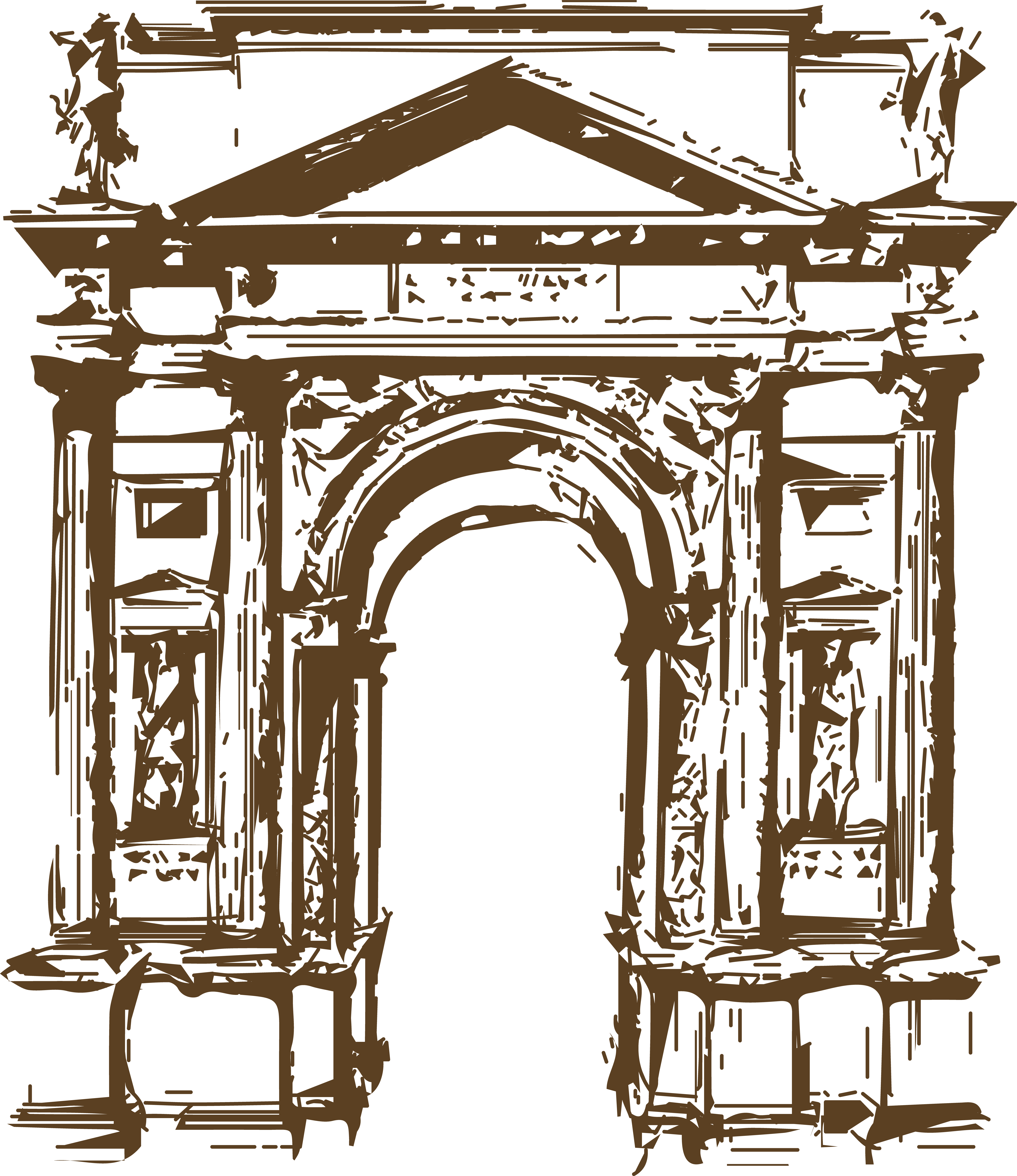

Arco Dei Gavi
The Arco dei Gavi, or Gavi Arch, is an ancient Roman triumphal arch. Built during the 1st century AD, it was originally erected to honor the Gavi family, a prominent Roman family in Verona. The arch served as a monumental entrance to the city and was part of the ancient Roman road, Via Postumia.
Constructed from white limestone, the Arco dei Gavi stands as a testament to the architectural prowess of the Roman Empire. Its design features typical Roman elements, including Corinthian columns and decorative reliefs depicting scenes of triumph and victory.
Over the centuries, the arch has undergone restoration and preservation efforts to maintain its historical significance.
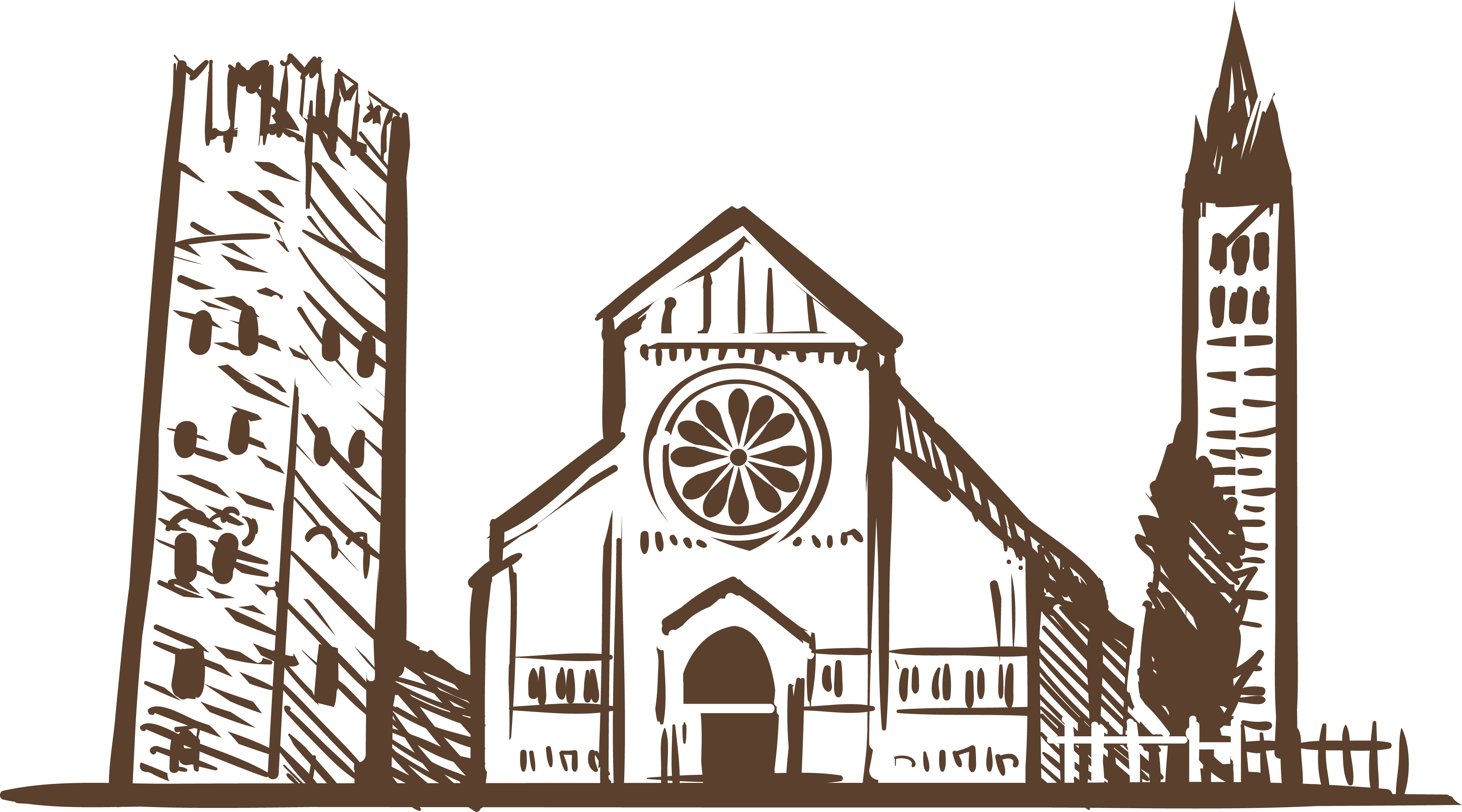
San Zeno Superiore
San Zeno Superiore, a charming neighborhood on the outskirts of Verona, is named after the San Zeno church, dedicated to the city’s patron saint.
With its picturesque streets and historic buildings adorned with flowers, it offers a serene escape from the city’s hustle and bustle. The Romanesque San Zeno church, dating back to the 10th century, stands as the neighborhood’s centerpiece, boasting exquisite frescoes and sculptures. Life here unfolds at a leisurely pace, with locals gathering at cozy cafes and trattorias to enjoy traditional Veronese cuisine. Cultural events and outdoor activities add to the area’s allure, making San Zeno Superiore a delightful destination for residents and visitors alike.
Ex Arsenale
The Ex Arsenale of Verona, built in the 16th century, was once a vital naval base under Venetian rule. Its strategic location along the Adige River facilitated trade and military operations.
Over time, it transitioned into civilian use, adapting to changing needs. Today, this historic landmark stands as a testament to Verona’s rich heritage. Its Renaissance architecture and Venetian motifs continue to captivate visitors. Efforts to preserve and revitalize the arsenal have transformed it into a vibrant cultural center. The spacious halls now host exhibitions, concerts, and other events.
The Ex Arsenale di Verona serves as a bridge between the city’s past and present. It enriches Verona’s cultural landscape while preserving its historical significance.
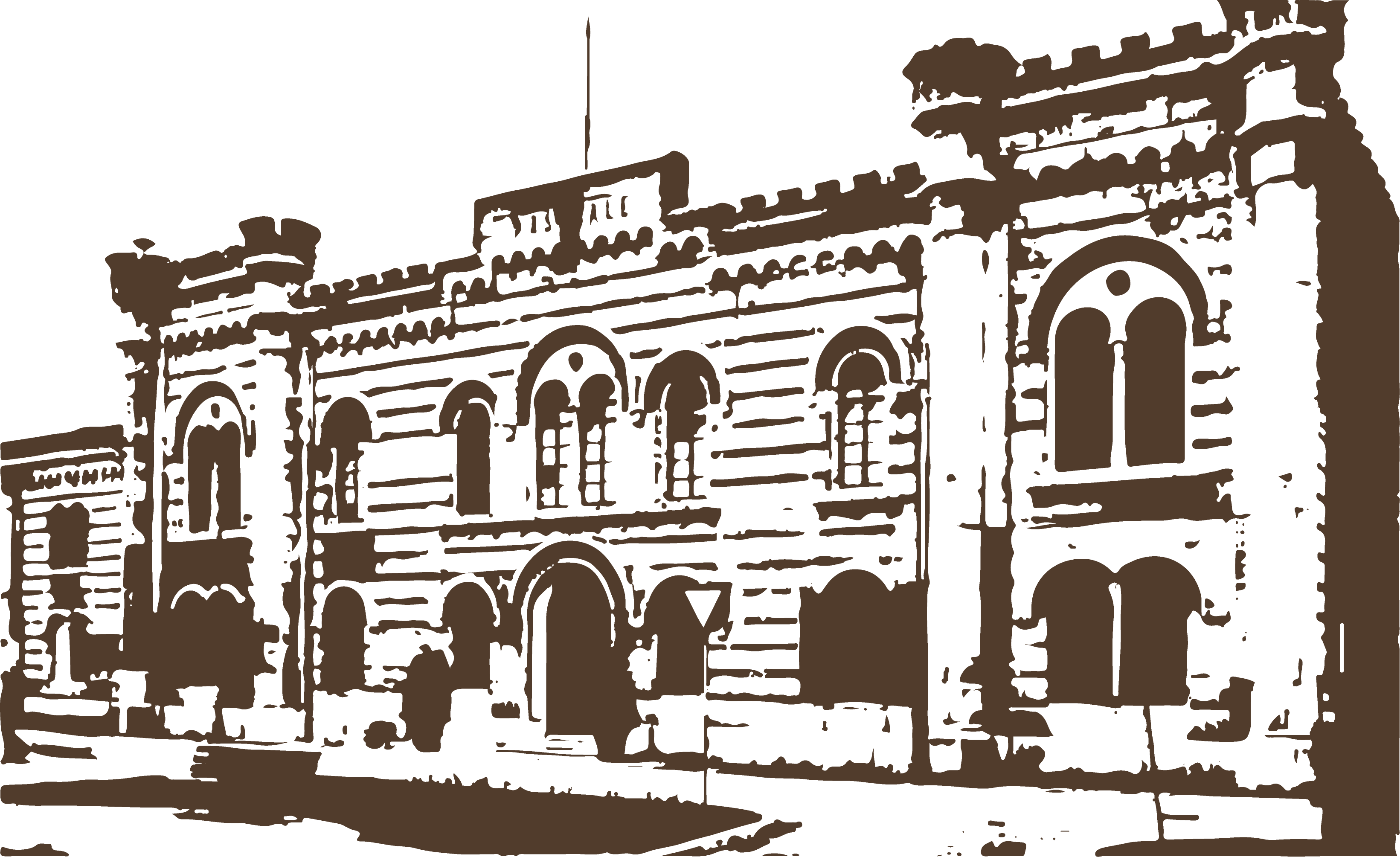

Ex Arsenale
The Ex Arsenale of Verona, built in the 16th century, was once a vital naval base under Venetian rule. Its strategic location along the Adige River facilitated trade and military operations.
Over time, it transitioned into civilian use, adapting to changing needs. Today, this historic landmark stands as a testament to Verona’s rich heritage. Its Renaissance architecture and Venetian motifs continue to captivate visitors. Efforts to preserve and revitalize the arsenal have transformed it into a vibrant cultural center. The spacious halls now host exhibitions, concerts, and other events.
The Ex Arsenale di Verona serves as a bridge between the city’s past and present. It enriches Verona’s cultural landscape while preserving its historical significance.
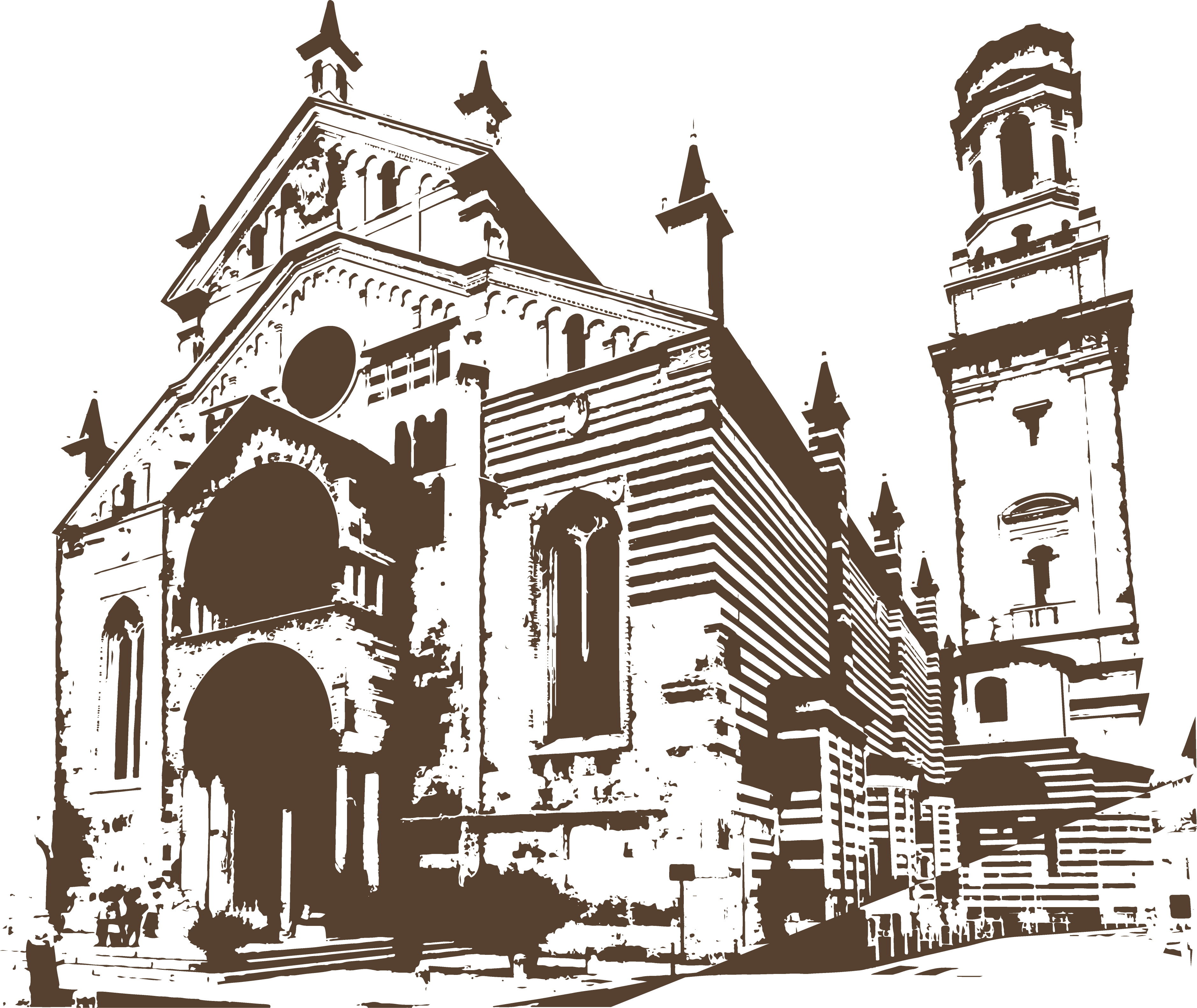
Duomo di Verona
The Duomo di Verona, also known as the Verona Cathedral, is a magnificent example of Romanesque and Gothic architecture nestled in the heart of Verona, Italy. Construction of the cathedral began in the 12th century, and its striking facade, adorned with intricate details and sculptures, reflects the wealth and artistic prowess of the medieval era.
One of the most iconic features of the Duomo is its stunning marble facade, which showcases elaborate reliefs depicting biblical scenes and saints. The cathedral’s interior is equally impressive, with soaring arches, ornate chapels, and a magnificent altarpiece by Renaissance master Titian.
The Duomo di Verona holds religious and cultural significance for the city’s residents and visitors alike. It serves as a place of worship, hosting regular masses and religious ceremonies, while also attracting tourists drawn to its architectural splendor and historical importance.
Castel San Pietro
Castel San Pietro is an enchanting medieval castle nestled in the scenic countryside just outside the city of Verona, Italy. Perched atop a hill overlooking the Adige River, this historic landmark offers breathtaking panoramic views of the surrounding landscapes, making it a popular destination for tourists and locals alike.
The origins of Castel San Pietro date back to the Roman era when it served as a strategic outpost to monitor and defend the river valley below. Over the centuries, the castle underwent various renovations and expansions, reflecting the architectural styles of different epochs, from medieval fortifications to Renaissance palaces.
Today, visitors to Castel San Pietro can explore its well-preserved battlements, towers, and courtyards, which bear witness to its rich history and military significance. The imposing stone walls evoke a sense of awe and wonder, transporting visitors back in time to an era of knights and feudal lords.


Castel San Pietro
Castel San Pietro is an enchanting medieval castle nestled in the scenic countryside just outside the city of Verona, Italy. Perched atop a hill overlooking the Adige River, this historic landmark offers breathtaking panoramic views of the surrounding landscapes, making it a popular destination for tourists and locals alike.
The origins of Castel San Pietro date back to the Roman era when it served as a strategic outpost to monitor and defend the river valley below. Over the centuries, the castle underwent various renovations and expansions, reflecting the architectural styles of different epochs, from medieval fortifications to Renaissance palaces.
Today, visitors to Castel San Pietro can explore its well-preserved battlements, towers, and courtyards, which bear witness to its rich history and military significance. The imposing stone walls evoke a sense of awe and wonder, transporting visitors back in time to an era of knights and feudal lords.
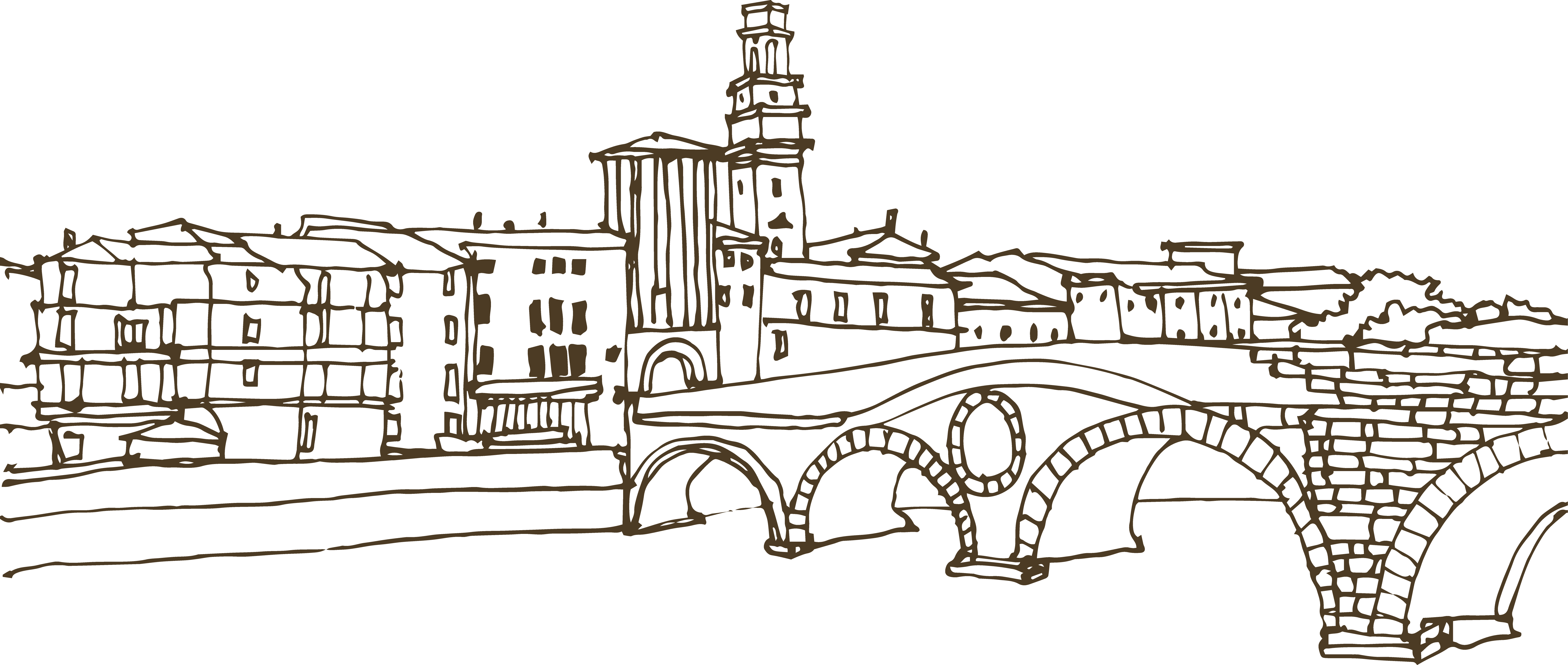
Ponte Pietra
Built during the Roman Empire, it spans the Adige River and is one of the city’s oldest structures. Initially constructed in wood in 89 B.C., it was later rebuilt in stone in 1007. Ponte Pietra offers a picturesque view of Verona’s skyline and is a significant landmark, symbolizing the city’s rich history and architectural heritage. Despite undergoing several renovations over the centuries, it retains its ancient charm and continues to be a popular spot for locals and tourists alike.
Cimitero Monumentale
Nestled within city, the Cimitero Monumentale di Verona stands as a testament to both the solemnity of death and the enduring beauty of human craftsmanship. As one steps through its gates, they are greeted by a landscape of profound tranquility, where rows of ornate tombs and mausoleums stretch into the horizon beneath the shade of ancient trees. Each structure tells a story, with elaborate sculptures depicting the lives and legacies of those laid to rest within.
From intricately carved angels to majestic monuments adorned with delicate floral motifs, the cemetery is a treasure trove of artistic expression spanning centuries. Among its winding pathways, visitors can discover the final resting places of notable figures from Verona’s rich history, their memorials serving as poignant reminders of the city’s cultural heritage. Here, amidst the solemn silence and verdant beauty, one can contemplate the passage of time and find solace in the eternal embrace of memory.
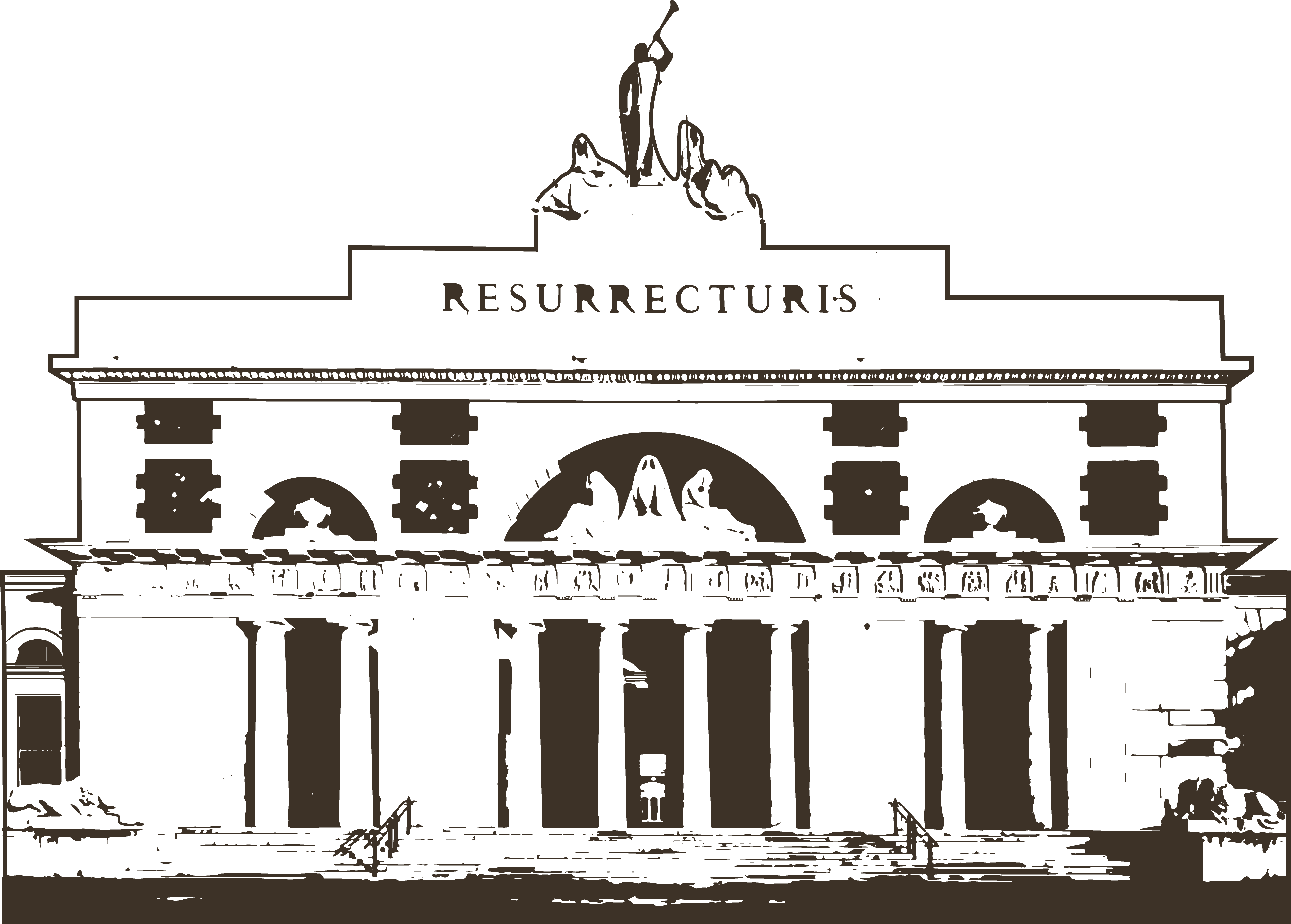

Cimitero Monumentale
Nestled within city, the Cimitero Monumentale di Verona stands as a testament to both the solemnity of death and the enduring beauty of human craftsmanship. As one steps through its gates, they are greeted by a landscape of profound tranquility, where rows of ornate tombs and mausoleums stretch into the horizon beneath the shade of ancient trees. Each structure tells a story, with elaborate sculptures depicting the lives and legacies of those laid to rest within.
From intricately carved angels to majestic monuments adorned with delicate floral motifs, the cemetery is a treasure trove of artistic expression spanning centuries. Among its winding pathways, visitors can discover the final resting places of notable figures from Verona’s rich history, their memorials serving as poignant reminders of the city’s cultural heritage. Here, amidst the solemn silence and verdant beauty, one can contemplate the passage of time and find solace in the eternal embrace of memory.
